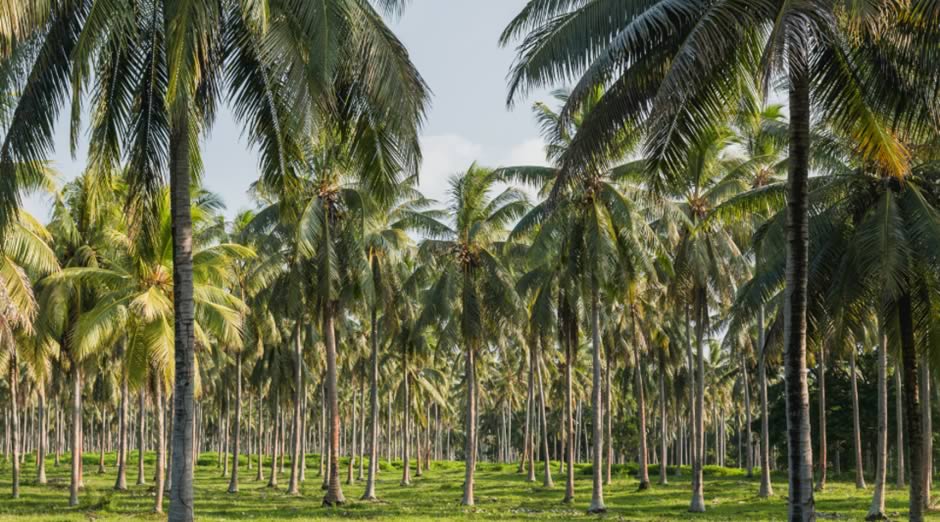
Asia Is Increasing Biomass Fuel Production
As the Director of EnviroSense recently saw on a visit to Malaysia, forgotten in fields, dead palms in eastern Asia have the potential to be used for the growing renewable energy sector.
As the ability to mulch and process dead palms and treat the fibres which are high in volatile organic compounds (VOCs) are improving. Conventional biomass burning presents a slight issue with high VOC content material requiring abatement technology to reduce emissions to safe levels. Developments in technology to reduce VOCs from materials such as palm fibre treatment prior to combustion mean that dead palms will, in time, become eligible as a fuel for biomass. In doing so, will reduce the pressure on virgin materials and land conversion.
Malaysia and Japan’s Palm Experiments
Researchers using felled palm trees are attempting to renew biomass energy in Malaysia and Japan. The idea was developed in 2018 and is presently being implemented in the town of Kluang in southern Malaysia. Despite their seeming potential as a source of biomass feedstock, trees—especially palms, VOC content does not make this as a suitable feedstock at present. Once pre-combustion treatment improves, it is clear that Asian palms offer a clear benefit over other biomass feedstocks. The palms have a 70–80% water content, significantly higher than most lignin-based and ‘woody’ material, this attribute makes the material pliable and simpler to mulch as part of the pre-combustion process. The wood has a good caloric value per kg/t and suitable for combustion. The palms also contain tonnes of sap, which makes them suitable for more environmentally friendly uses like green aviation fuel. Reusing any leftover materials will help support regional agriculture by creating fertiliser, this is analogous to digestate from anaerobic digestions plants and the generation of natural residues or waste for application on farming feeds.
Better Use of Dead Biomass
Leaving a quantity of material in situ, on the ground, contribution to habitats and ecology of the forest is standard forestry practice. However, palm plantations are far from a natural diverse forest with an absence of a recognisable habitat allowing normal species distribution for those geographical areas. Leaving dead palms in situ will create and different habitat that may, for example, cause termite proliferation. Interestingly, the rate of amount of greenhouse gas emissions emitted from what is effectively and entirely man-made monoculture, will release approximate notable greenhouse gas emissions per tree (reports of 1tCO2e per tea have not been appropriately calculated, but have been reported), during the later phases of decay. This presents and argument to remove the trees when they are no longer productive and not dead and prompt transfer to a source of biomass.
Monocultures of palm are evidence in many regions where in our work at EnviroSense, where we have travelled to conduct work; Malaysia, Ivory Coast and Indonesia. They are clearly here to stay at present as this is a lucrative enterprise, thousands of acres of forested land have been taken over and other natural habitats destroyed. Any productive use of wastes and residues makes sense.
Palm Limitations
On paper, utilising palm trees seems like a good idea, but moving big, heavy trees across great distances to facilities is never a sustainable practice. Road transport emissions are significant, and a ‘localised’ solution is required and that means appropriate grid connections if a biomass-fuelled combined heat and electricity plant (CHP) is to access the network to export electricity. Palm oil plantations are often in remote areas with poor grid access and capacity, or more often than not, not near any electrical grid points. Additionally, resource-intensive is machinery and the use energy from processing from energy sources must be taken into account. The whole value chain and a life cycle analysis to account for every possible emission scenario would need to be taken into consideration palm trees destined for biomass generation and ultimately, renewable energy. That said, many studies have identified and potential to use dead palms for biomass and further research and work is taking place and hopefully this will result in a viable option to lessen the pressure on virgin materials and land conversion.



